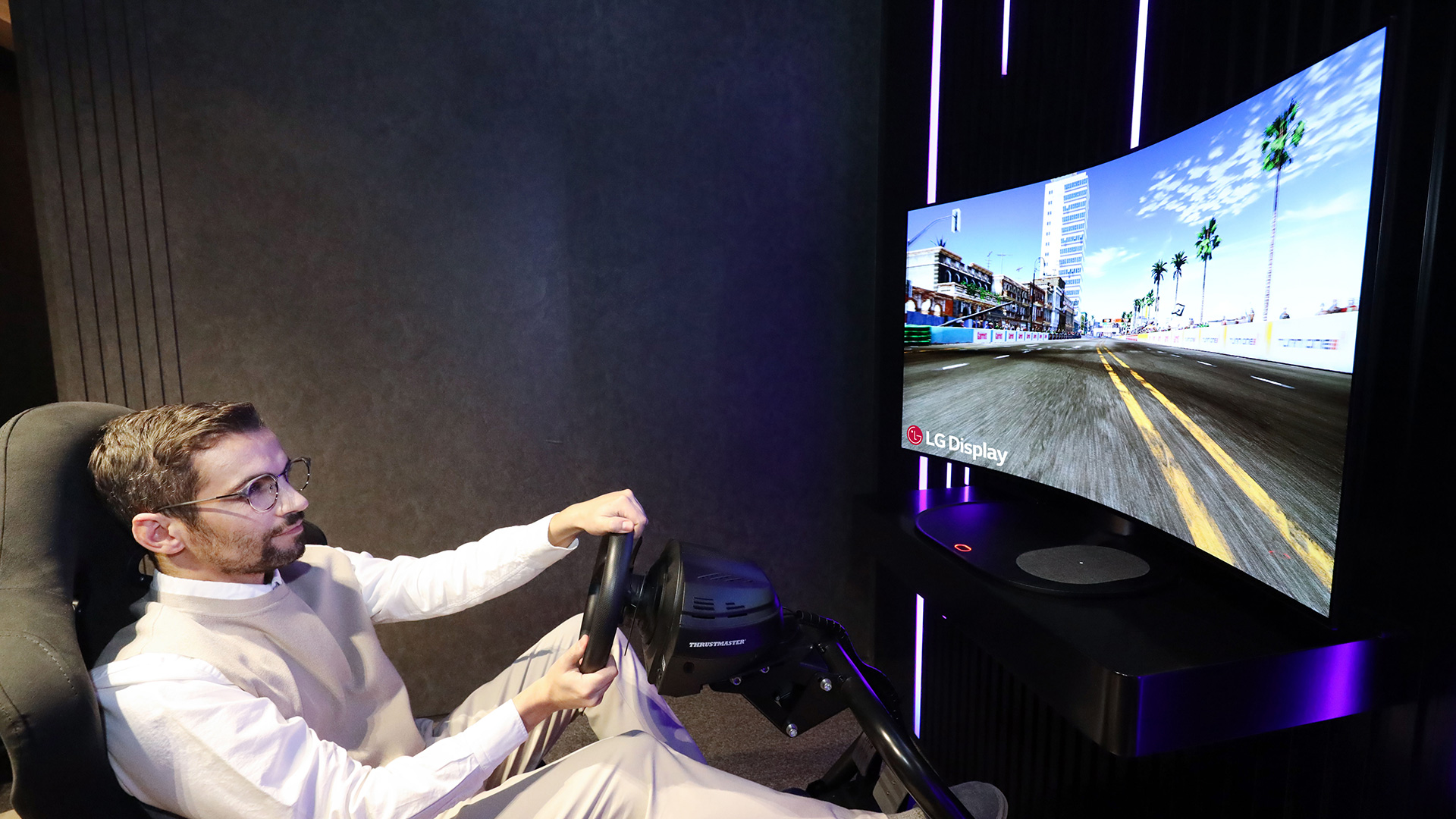Affiliate links on Android Authority may earn us a commission. Learn more.
OLED vs LCD vs FALD TVs — What are they and which is best?
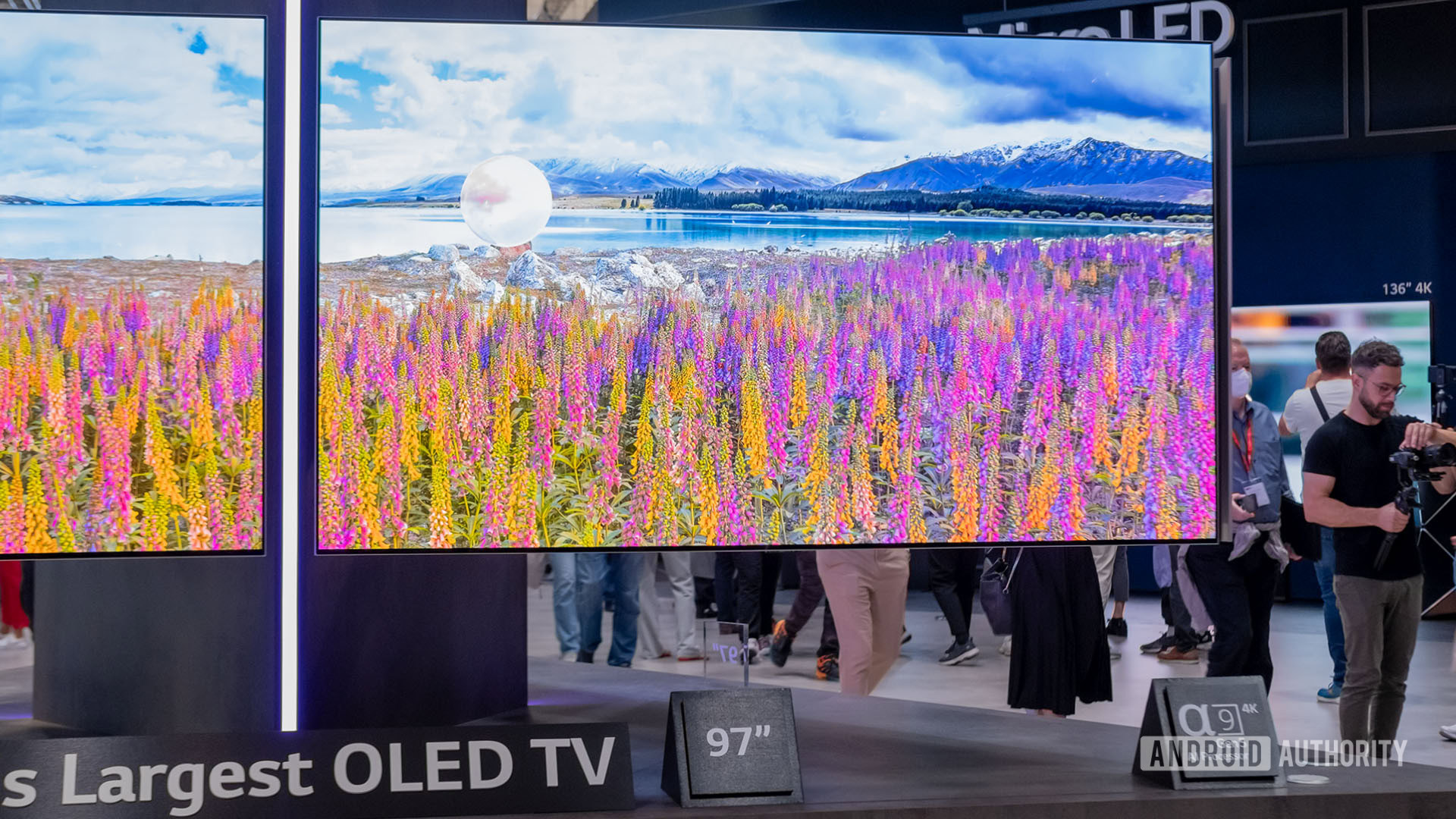
Display technologies have changed massively in a very short period of time. It wasn’t long ago that plasma TVs were the biggest competitor to LCD screens. Now, there are even more display types to consider. So in this article, let’s compare organic light-emitting diode (OLED) vs liquid crystal display (LCD) vs full-array local dimming (FALD) TVs to see which one you should pick up next.
We’ll be perfectly honest — this won’t be a short comparison. It’s difficult to get into all of the major differences in just a few words. With that in mind, we’ll try to recap with some pros and cons for each TV to keep things cleared up.
LCD TVs
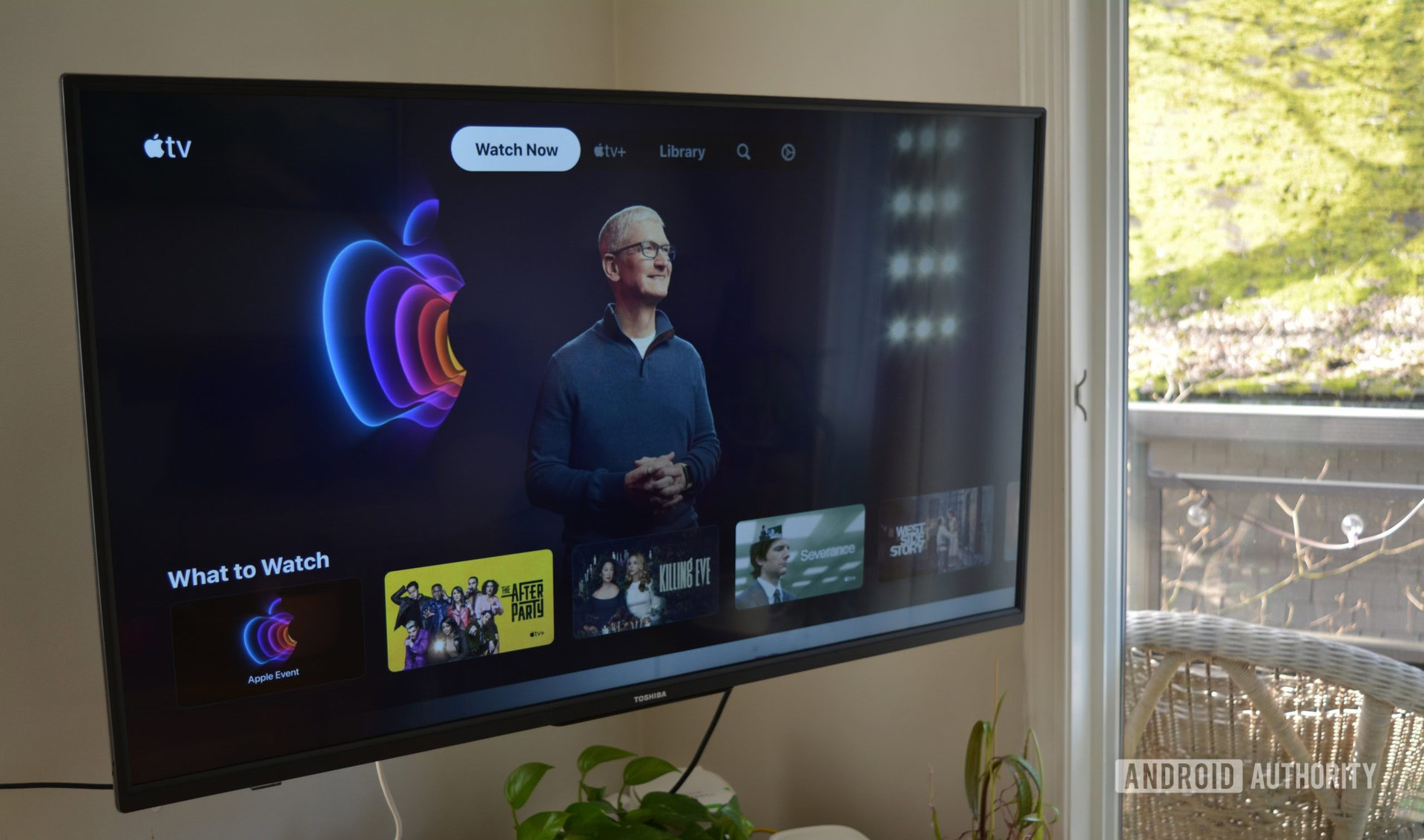
Right now, LCDs are the most popular type of display used in TV or monitors. But what about “LED” sets? They’re essentially LCDs with an LED backlight, which only really allow for slimmer designs and don’t boost image quality by a huge amount.
Essentially, an LCD display relies on lights mounted to the edge of the TV. The lights then shoot up through the display to provide you with a picture. Through a series of filters and other technology, your TV blocks out certain portions of the light to achieve a final image.
One of the biggest draws to an LCD TV over an OLED display is their lower cost. You won’t spend as much money on a nice LCD display, and you can find 4K options quite easily too. Looking for something a bit more upscale while still spending less than most OLEDs? Consider a QLED display like those offered by Samsung. Essentially, these are just LCD panels with a little extra pop of color to them.
LCD TVs are cheaper, and models with a Quantum Dot layer can offer decent colors.
All LCD TVs offer essentially the same set of features. You can typically find modern designs with slim bezels, and in-plane switching (IPS) or vertical-alignment (VA) panels galore. The IPS options often have superior viewing angles, while the VA panels are tops for contrast ratios. Both panels get bright enough and do a good job of reproducing color.
If you walked into Best Buy tomorrow with a nice stack of cash, there’s a good chance you would leave with an LCD TV. There are plenty of options, and you can get a mountain of bang for your buck.
That said, LCD TVs aren’t all sunshine and unicorns. LCDs come with plenty of limits vs OLED, but the trade-off is the comparatively affordable pricing. They perform worse than OLED and FALD in terms of contrast (black levels) and often have noticeable motion blur. On the bright side, though, you won’t pay too much.
Pros
- Lower cost than FALD or OLED
- Most common option
- Inexpensive
Cons
- Non-IPS LCDs have limited viewing angles
- Worst black levels and uniformity of any display type
- Potentially bad motion clarity
FALD TVs
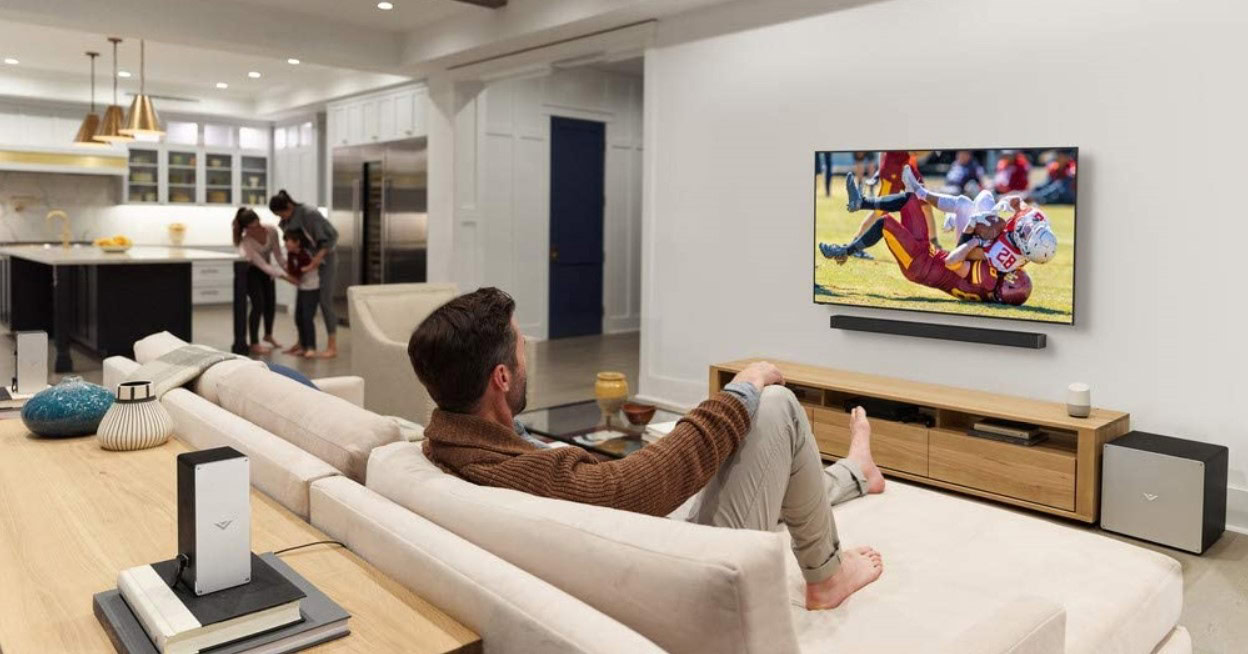
FALD, or full-array local dimming, is a fancier kind of LCD. Instead of employing lights around the perimeter of the display, FALD TVs spread the love uniformly across the entire panel. These light zones then pass through the same filters as above to produce the picture. However, these zones can dim independently of one another, which helps produce deeper blacks.
FALD TVs make their name by providing top performance without the cost. They won’t match OLED TVs in terms of black reproduction, but they get an awful lot closer than LCD TVs do. It all comes back to the independent lighting zones and the flexibility they offer. You get deeper, more uniform black and crisper HDR.
FALD TVs employ independent lighting zones rather than simple border lighting.
Once again, these TVs aren’t perfect. They are still technically fancy LCD displays, which means you can struggle with viewing angles. The independent lighting zones may struggle when bright areas are very close to dark areas. You can also expect to spend more money on a FALD TV than you would on a comparable LCD.
These TVs aren’t as popular as LCD or OLED options, which may lead to some trouble tracking one down. Vizio offers the most FALD options, though Sony has launched a few models as well.
Finally, there are no real standards for FALD TVs. Some come with as many as 1,000 lighting zones, while others putter along with 40. You’ll also find a huge difference in prices depending on your needs.
If you’re looking for a high-end LCD TV, look no further than Samsung’s Neo QLED range. It uses Mini-LED technology to pack hundreds of dimming zones. Does it look as good as OLED? No, but it comes impressively close.
Pros
- Deeper blacks than LCD
- Better color uniformity
- Affordable compared to OLED
Cons
- Not the most common, some models have fewer than 100 dimming zones
- Tend to suffer from blooming where light and dark meet
- Poor viewing angles on non-IPS LCD options
OLED TVs
Last but not least are the OLED TVs. They skip the edge lighting in favor of illuminating each individual pixel as needed. This somewhat cheats the system because it can just turn pixels off to get the blackest black. Of the three TV types, OLED is in many ways the simplest (and oftentimes best) one for this very reason.
The ability to turn off individual pixels has a major impact on image quality in the form of the blackest blacks. OLED TVs also take the cake in terms of motion blur and HDR. You won’t notice blooming due to the individual lighting, and viewing angles are virtually never a problem.
OLED offers the best image quality of the three technologies but it costs a pretty penny.
OLED TVs are often the thinnest options you’ll find as well. This makes them prime candidates for wall-mounting. You shouldn’t have to worry about temperatures as the individual lighting keeps most of the TV nice and cool.
As you’ve probably guessed, OLED TVs are at the highest end of the spectrum. Most of them offer 4K resolutions and plenty of HDR support, so you won’t have to spend as much time on research.
While it’s mostly good news for OLED TVs, there are a few things to worry about. For starters, these beasts are quite expensive. You can expect to pay more than $1,000 if you want the latest and greatest option. An older model may save you some money.
You may also run into problems with “crushing blacks.” This is when your OLED TV sees a particularly dark area and just makes it fully black. If you planned to rewatch The Long Night from Game of Thrones, for example, you might still miss out on some key details due to crushed black areas. It essentially robs you of select details in the name of a deeper black. This tends to be an issue only on poorly calibrated OLEDs, though, so you may have to do some tinkering.
Pros
- Deepest blacks, best contrast
- No blooming
- Thinnest TVs
Cons
- Get ready for your wallet to hurt
- Not too many manufacturers make OLEDs
- Potential for crushing blacks
So which TV is best for you?
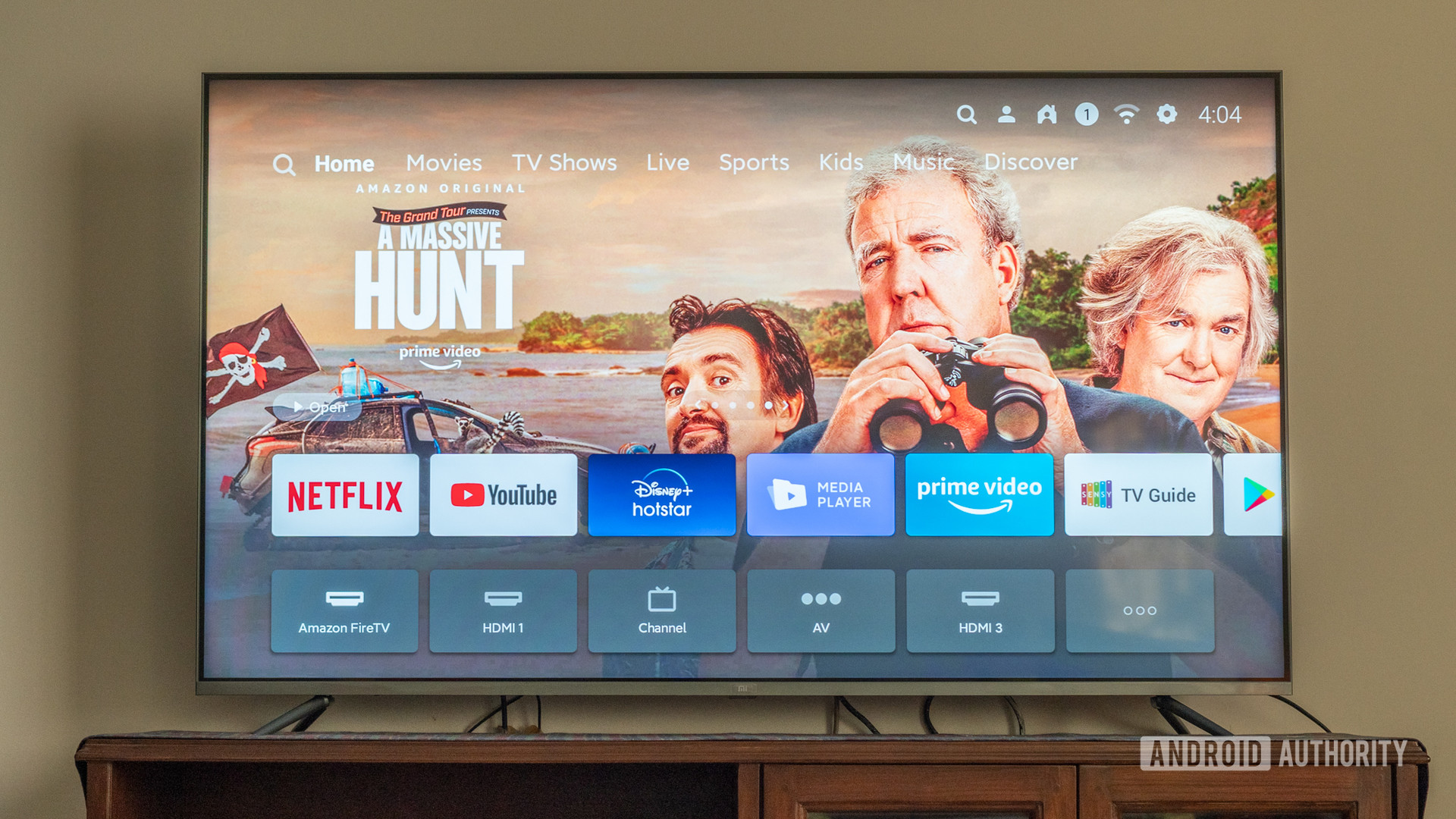
The answer to which one is best seems pretty clear to us — OLED TVs take the cake. Sure, they have their flaws, but they pack the best technology you’ll find on a modern TV. You’ll get sharp contrast, an incredible range of colors, and precious HDR support.
Of course, there are times when an OLED TV is out of the question. They’re prohibitively expensive in many cases, and sometimes it’s tough to justify the extra money. Here are a few more points to consider:
- Bright living rooms tend to accommodate LCD and FALD panels better as they handle reflections better.
- If you can’t mount your TV centrally, you may want to go for an OLED for better viewing angles.
- Competitive gamers may want to lean towards LCD and OLED displays for their better response times.
- Movie lovers who live and die by HDR will want the improved experience of FALD and OLED panels.
It’s tough to say what’s next in the TV tech sphere as 4K and even 8K are becoming more popular. We’ll be sure to keep you posted on the latest and greatest in tech.
